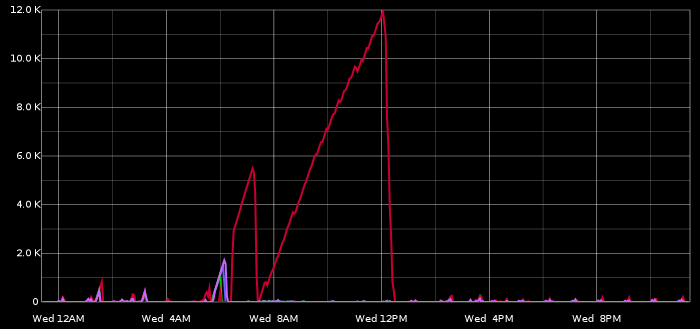Call for papers for Percona Live MySQL Conference & Expo 2014 is open. As in previous year, I have the honour of being conference committee chairman, which means I’m in particular part of the reviewing committee. I wish to add to Giuseppe’s fine observations and suggestions. On submitting a talk, please consider the following:
- Make it right the first time (an old advice by Baron). We will not be able to review your proposal more than once. We will not be iterating the proposals again and again to see what’s changed, nor will we have a feed for updated content. We will not be able to diff any changes you made to your proposal. Get it right the first time, this is the one time we will read your proposal.
On rare occasions we may think your proposal is just too important to be thrown just for bad description/grammar/language, and we may contact you to refine.
- The proposal must be as clear to us as for your target audience. Good proposals are easy to understand. Make it clear.
Being super-famous does not grant you immediate approval. It helps if you’ve given the talk 10 times in the past, and we’ve all seen it and it was widely acknowledged as one of the best talks ever. But then again, if that’s the kind of speaker you are, you probably know how to write a good proposal.
The committee seeks the audience’s best interest. We assume the audience’s common sense is similar, via extrapolation, to our own. We therefore assume that if we think a proposal is bad, so will the audience.
- If you’re a commercial vendor and you want to make a proposal, that’s fine.
- I suppose the best way would be through the sponsor program
- But otherwise we actually accept talks on commercial/closed source solutions. Be advised, however, that the committee members will typically wish to promote open source & free solutions, and so commercial/closed source talks are at some disadvantage.
- If you are owner/employee of commercial/closed source solution, and you’re going to speak on a subject that is related to your product, please be very explicit:
- either note (in private notes, if you like) that you will be, say, comparing your own product along with other products, and provide full disclosure
- or let us know you will in fact not speak about your own product, and make us sigh in relief.
- In short, don’t let us suspect this is going to be a sales pitch in disguise. It is one of the quickest ways to get your proposal rejected.
You might be interested to learn that last year, a proposal made by an influential and a well known speaker was turned down for that exact reason. Even if he had no intention of doing a sales pitch, that’s what it looked like to us, and by extrapolation to the audience. Continue reading » “Percona Live: MySQL Conference & Expo 2014: call for papers & guidelines”
